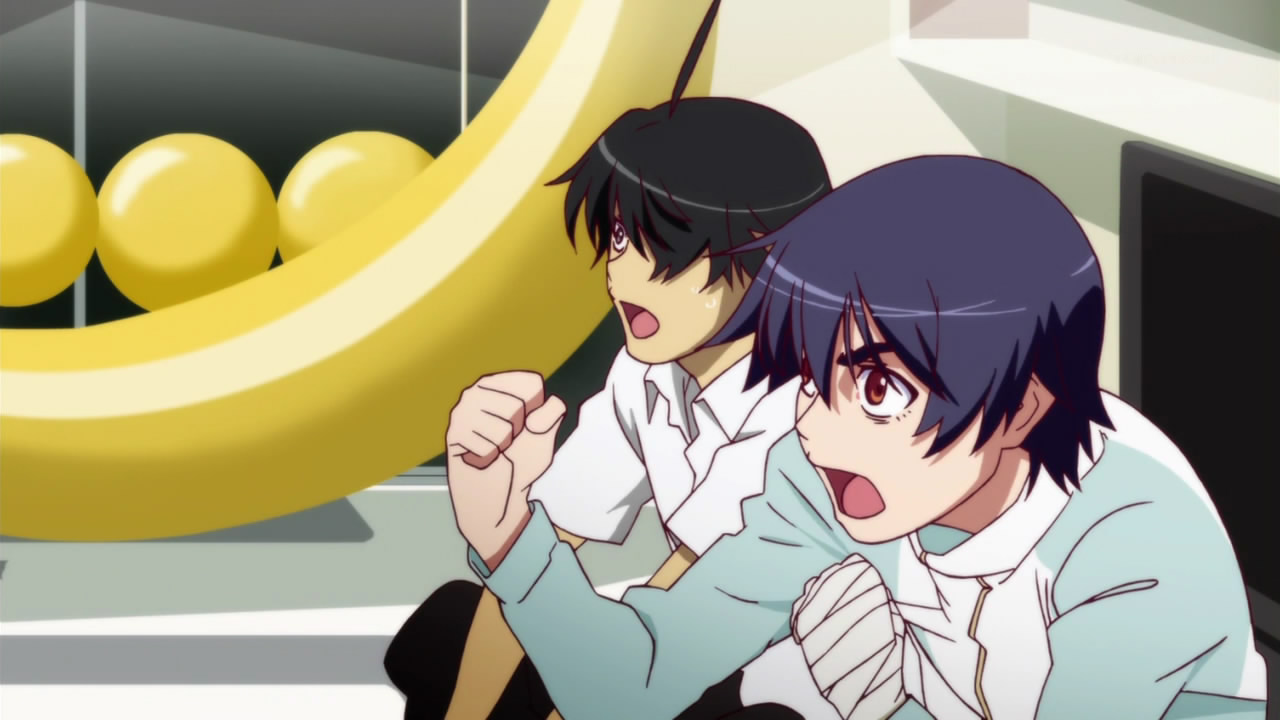Nothing quite like minimum wage to help you appreciate the affordability of an air sandwich. It costs zero hours of labor (after taxes!) to go hungry – great bargain – plus you can invest all of that saved lunch break time catching up on sleep in the smoking pavilion.
The above is absolutely not based on a terrible and completely wasted early adulthood wrought with minimum wage toil. I’m fine, that hypothetical experience has in no way permanently shaped my worldviews.














This is kind of The Economist’s MO. Their readership is very policy oriented (i.e.: “wonks”) so their editorials prioritize first and foremost how world events impact policy and trade. If you think I’m reaching here, then take a gander at their reader response column and have yourself a good laugh sometime.
With that being said, I really do think that they’re just that pedantic. Labels are important to them, but not for the reasons that they’re important to us (nor the average Palestinian, I think it goes without saying). The fact that taking umbridge here just so happens to reinforce safe and happy notions held by their editorial staff & their readership is without any doubt a contributing factor… but it’s probably something that was left mutually understood and otherwise unsaid within the walls of the writer’s room.